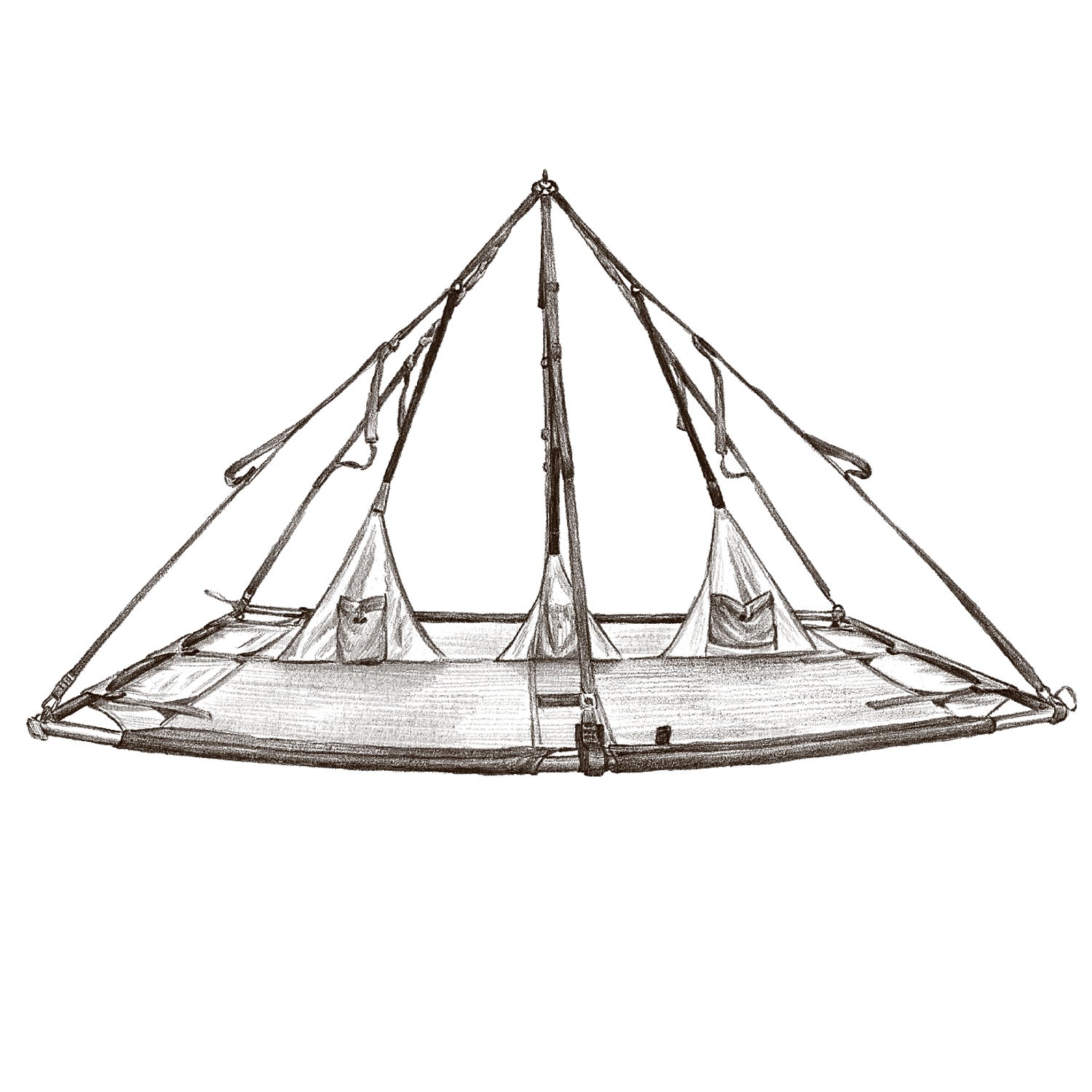A collapsible sleeping platform for climbers. Alpinists doing multi-day, big-wall climbs used to sleep in hammocks, which they hated, because they’d wake up every few hours with their shoulders scrunched. In 1969, brothers designed the first portaledge out of aluminum tubing and Dacron nonstretch fabric. Greg used the “LURP tent” on his first winter ascent of the northwest face of Yosemite’s Half Dome in 1972, but portaledges didn’t become ubiquitous until 1977, when climber started selling his nylon and aluminum “cliff dwellings” out of a van. Today, portaledges are “pretty much the same,” says Ken Yager, founder of the , “with improved designs and stiffer corners.”
Stuck
When the weather gets bad and you’re high on a wall, there’s only one thing to do: wait it out in your portaledge. Some stays are worse than others.��
1998: Mike Libecki and two others are trapped for six days during their first ascent of the Walker Citadel on Canada’s Baffin Island.
2000: Roxanna Brock and Brian McCray are stranded by weather for 40 hours during a 25-day mountaineering competition in Russia. They take home the bronze.
2007: Dave Turner spends 34 days alone on Cerro Escudo in Patagonia, trying to ascend 25 pitches with 250 pounds of gear. He celebrates his 26th birthday on the wall.��
2015: Tommy Caldwell and Kevin Jorgeson take 11 and 8 portaledge-bound rest days, respectively, while completing the first free ascent of Yosemite’s Dawn Wall.��


